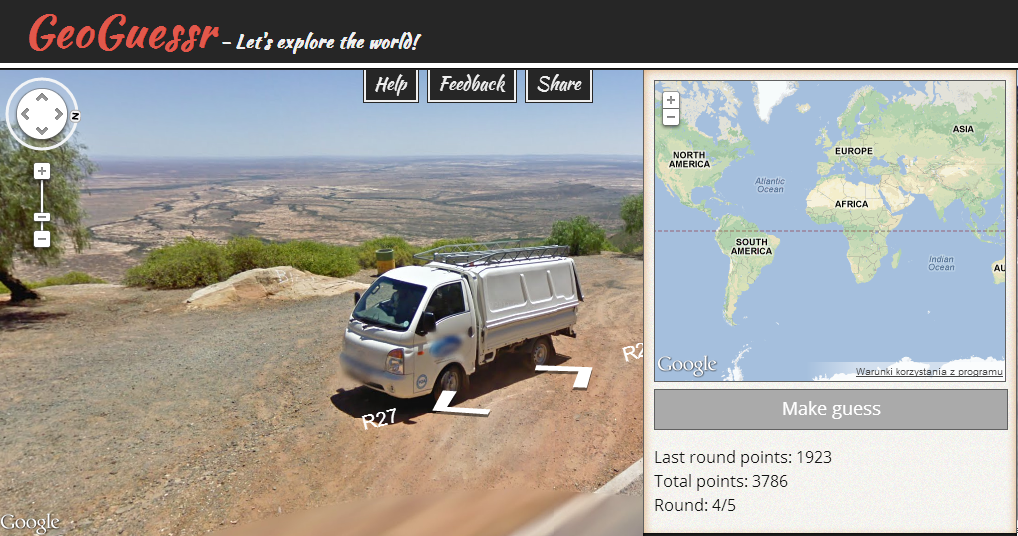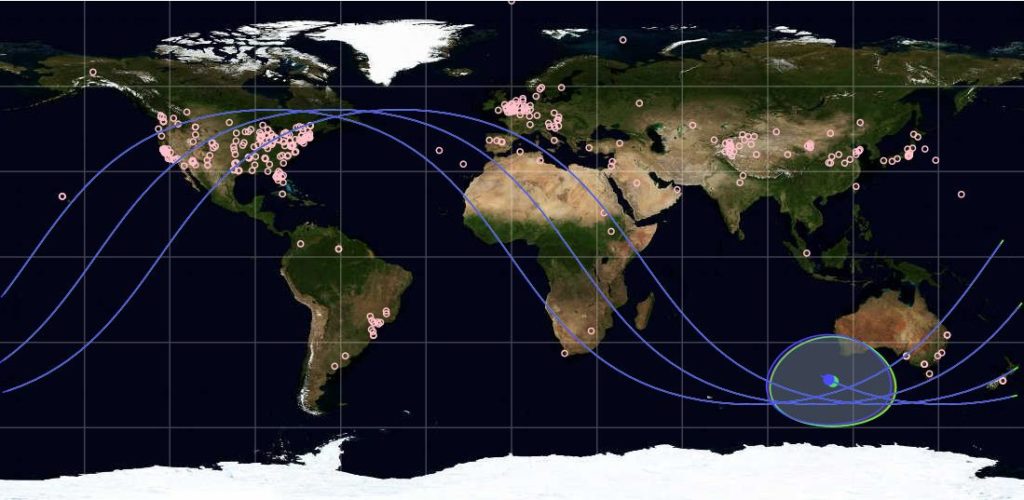
#Business
#Ideas
GeoGuessr – Street View-Based Geography Game
GeoGuessr is a Street View-based geography quiz that gives you the challenge of guessing the locations of a series of random Street View images. What you’ve got are clues such as the landscape around, cars, street signs to show on a global Google Map place where you think the Street View image was taken. The closer your guess to the actual location then the more points you win. Simple but can be addictive.
Also see: Google Earth’s Carmen Sandiego game will give ’90s kids serious déjà vu
Did you like the article about GeoGuessr? Read more and subscribe to our monthly newsletter!

#Business
#Business
#Featured
The Earth Observation Hub Report: 2024 Industry Trends and Analysis
#Business
1 Year Update for The Geospatial Index


